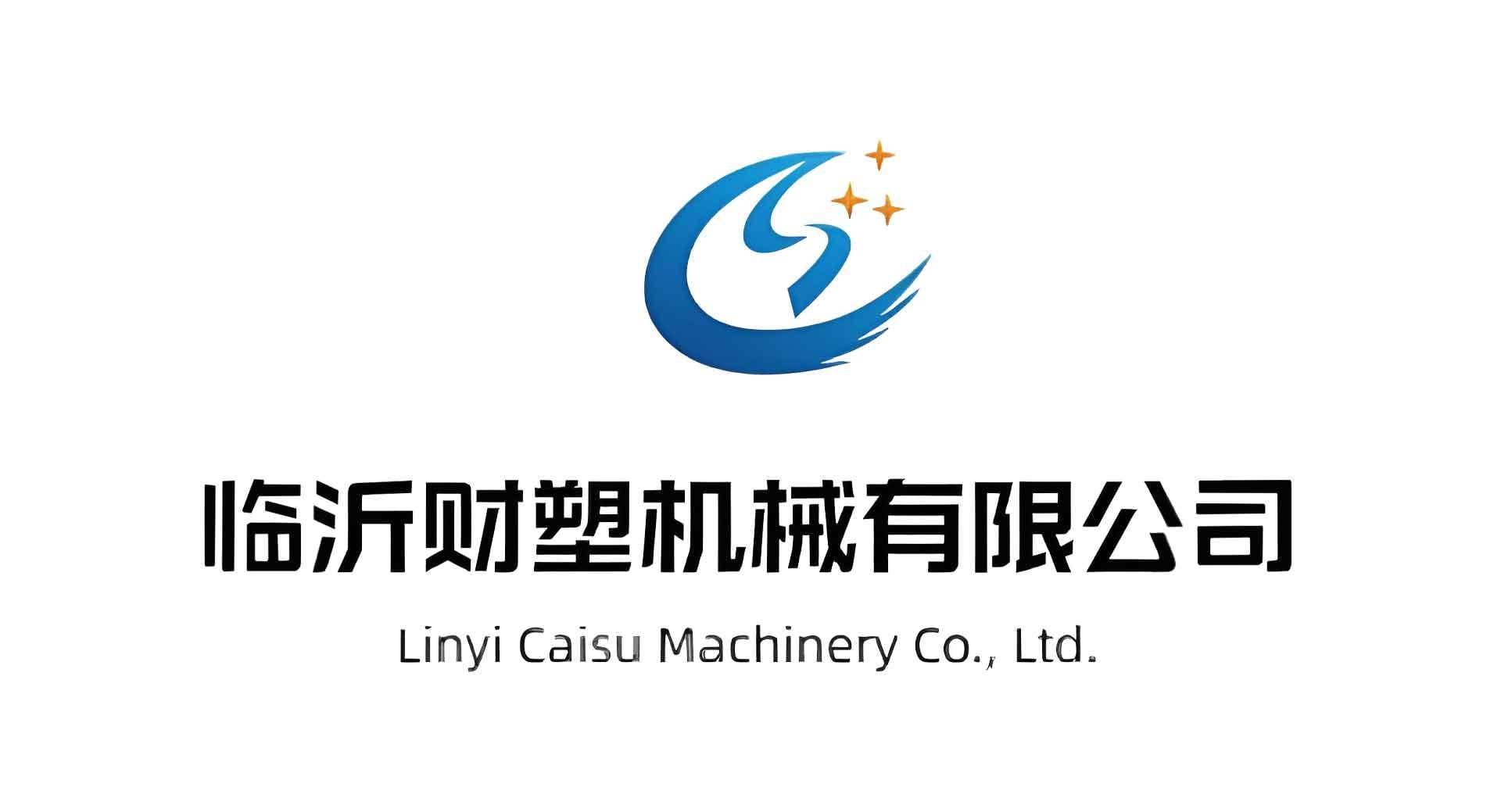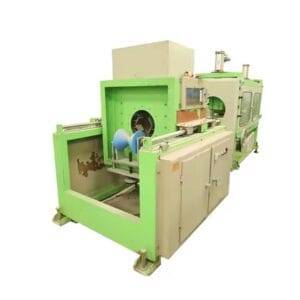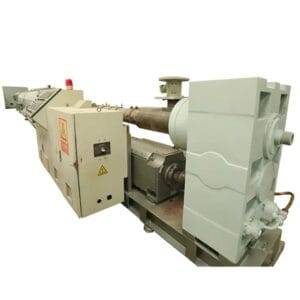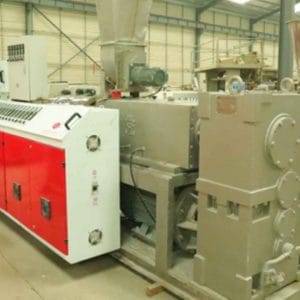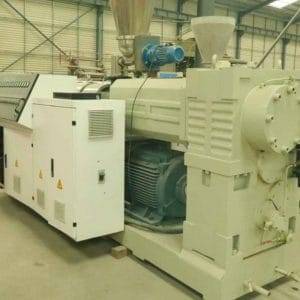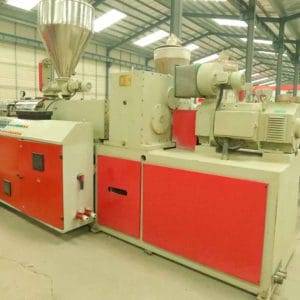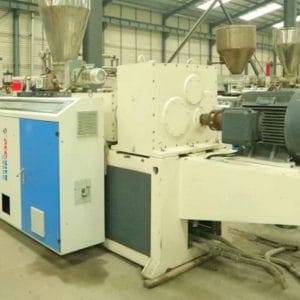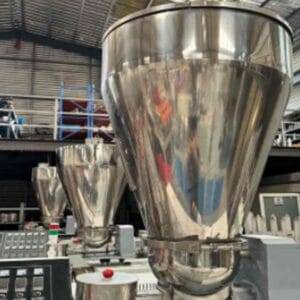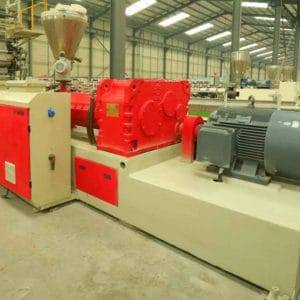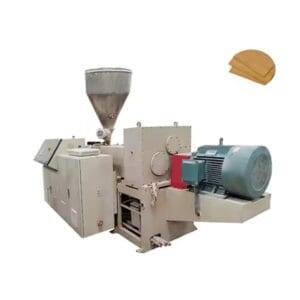Welcome to My Blog!
Before we dive into the content, I’d love for you to join me on my social media platforms where I share more insights, engage with the community, and post updates. Here’s how you can connect with me:
Facebook:https://www.facebook.com/profile.php?id=61567891941530
Now, let’s get started on our journey together. I hope you find the content here insightful, engaging, and valuable.
Caisu Machinery sells a variety of used plastic pipe production equipment. The products are of high quality and low price. Welcome to contact us for consultation and purchase. We will be happy to serve you.
Table of Contents
Introduction

Pipe extrusion machines play a crucial role in modern manufacturing, especially in the production of high-quality plastic pipes used across various industries. These machines transform raw materials like PVC, HDPE, and PP into pipes of different sizes and shapes through a controlled extrusion process. Whether you’re in construction, agriculture, or water management, understanding how a pipe extrusion machine works can help optimize production and ensure better product quality.
This guide provides a comprehensive overview of pipe extrusion machines, their functionality, applications, benefits, and how to select the right one for your operations.
Understanding the Pipe Extrusion Process
The pipe extrusion machine operates by melting raw plastic materials and shaping them into continuous pipe profiles through a die. The process involves multiple stages, each of which is vital for producing consistent, durable, and high-performance pipes.
Key Components of a Pipe Extrusion Machine
- Extruder: The heart of the machine, where raw materials are melted and prepared for shaping.
- Screw and Barrel: Responsible for mixing and conveying the molten material to the die.
- Die Head: Shapes the molten plastic into the desired pipe profile.
- Cooling System: Ensures the pipe solidifies into its final shape without deformation.
- Haul-Off Unit: Pulls the pipe from the die at a controlled speed.
- Cutter or Winder: Cuts the pipes into desired lengths or winds them for storage.
How the Extrusion Process Works
- Feeding: Raw plastic pellets or granules are fed into the extruder’s hopper.
- Melting: The plastic is melted by heat and friction within the barrel.
- Shaping: The molten material passes through the die to form the pipe shape.
- Cooling: The pipe is cooled using water or air to maintain its shape.
- Sizing and Calibration: Ensures the pipe meets the required dimensions and specifications.
- Cutting: The pipe is cut into specified lengths.
Types of Pipe Extrusion Machines
Pipe extrusion machines come in different types, each suited for specific applications and materials.
Single-Screw Extrusion Machine
- Best suited for simple pipe production.
- Commonly used for materials like PVC and HDPE.
Twin-Screw Extrusion Machine
- Ideal for compounding and processing materials that require thorough mixing.
- Used in applications involving complex polymer blends.
Co-Extrusion Machine
- Produces multi-layered pipes with different material compositions.
- Used for applications requiring enhanced durability or functionality.
Custom Extrusion Machines
- Tailored for specific industries or unique product requirements.
Applications of Pipe Extrusion Machines

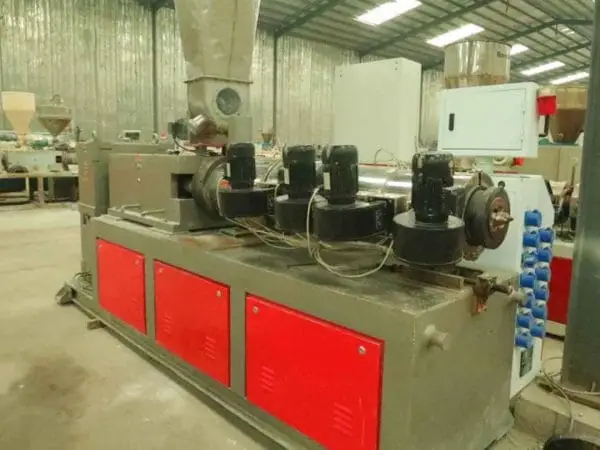
Pipe extrusion machines have diverse applications across industries.
Construction
Used to manufacture pipes for plumbing, drainage, and electrical conduit systems.
Agriculture
Produces irrigation pipes for water management in farming.
Industrial
Creates pipes for chemical transportation and manufacturing processes.
Infrastructure
Produces pipes for water supply, gas distribution, and sewer systems.
Benefits of Using a Pipe Extrusion Machine
Efficiency and Speed
Pipe extrusion machines allow for continuous production, enabling manufacturers to meet high-demand requirements efficiently.
Customization
These machines can be adjusted to produce pipes of varying sizes, thicknesses, and material compositions.
Cost-Effectiveness
The extrusion process reduces material wastage, making it an economical option for large-scale production.
High Quality
Pipe extrusion machines produce pipes with consistent dimensions and superior surface finishes.
Comparison of Pipe Extrusion Machines
| Type | Best Suited For | Material Compatibility | Advantages |
|---|---|---|---|
| Single-Screw Extruder | Simple pipe production | PVC, HDPE | Easy operation, cost-effective |
| Twin-Screw Extruder | Complex materials | PVC, PP, specialty blends | Better mixing, versatile |
| Co-Extrusion Machine | Multi-layered pipes | Multiple materials | Enhanced pipe properties |
| Custom Extrusion Machines | Specialized applications | Depends on design | Tailored to specific requirements |
Factors to Consider When Choosing a Pipe Extrusion Machine
Material Compatibility
Ensure the machine can handle the materials required for your production.
Pipe Specifications
Choose a machine that meets your pipe size, wall thickness, and production capacity requirements.
Energy Efficiency
Opt for machines with energy-saving features to reduce operational costs.
Automation Level
Modern extrusion machines come with advanced automation features for better efficiency and ease of operation.
After-Sales Support
Consider manufacturers that provide reliable technical support, maintenance, and spare parts.
Maintenance Tips for Pipe Extrusion Machines
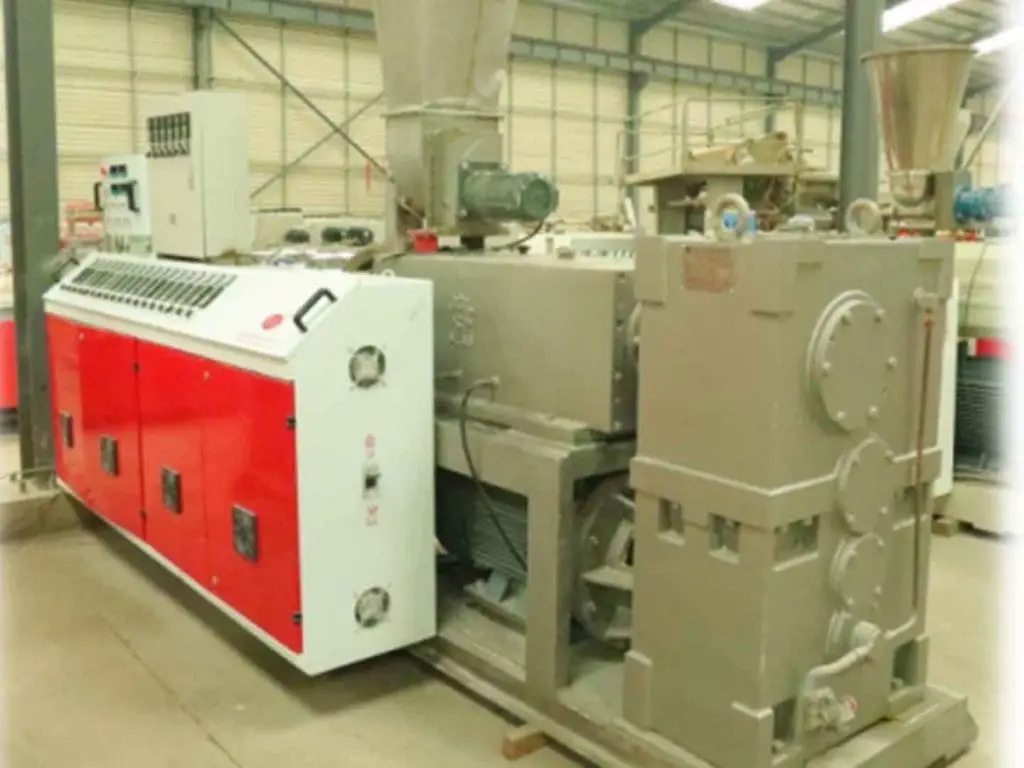
Proper maintenance is essential to keep your machine running efficiently and extend its lifespan.
- Regular Cleaning: Clean the barrel, die, and other components to prevent material buildup.
- Lubrication: Ensure all moving parts are well-lubricated to reduce wear and tear.
- Inspection: Conduct regular checks for signs of wear, damage, or misalignment.
- Replace Worn Parts: Replace worn components promptly to avoid operational disruptions.
- Professional Servicing: Schedule professional maintenance to address technical issues.
Conclusion
Pipe extrusion machines are indispensable in modern manufacturing, providing efficient, cost-effective, and high-quality solutions for producing pipes. Whether for construction, agriculture, or industrial applications, choosing the right pipe extrusion machine can significantly impact your production quality and efficiency. By understanding the types, features, and maintenance of these machines, you can make informed decisions that align with your operational needs.
FAQ
What materials can be processed using a pipe extruder?
Pipe extrusion machines can process materials such as PVC, HDPE, PP, and LDPE, depending on the machine type.
How do I choose the right pipe extruder for my needs?
Consider factors like material compatibility, pipe specifications, production capacity, and energy efficiency.
What industries use pipe extruders?
Industries like construction, agriculture, infrastructure, and industrial manufacturing rely heavily on pipe extrusion machines.
Can pipe extruders handle multi-layered pipes?
Co-extrusion machines are specifically designed for producing multi-layered pipes with different material compositions.
